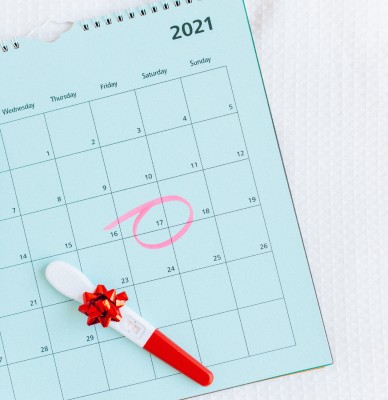 Some years ago, my then-7-year-old daughter declared that it was spring and we needed to have a party to celebrate. We weren’t particularly in tune with the calendar of the natural world at the time, but she’d heard about equinoxes from somewhere and decided that it needed to be A Thing in our house. I told her to go ahead and plan it, and I would help with the execution.
Some years ago, my then-7-year-old daughter declared that it was spring and we needed to have a party to celebrate. We weren’t particularly in tune with the calendar of the natural world at the time, but she’d heard about equinoxes from somewhere and decided that it needed to be A Thing in our house. I told her to go ahead and plan it, and I would help with the execution.
That first year, the March weather was unseasonably warm and while we didn’t actually manage an outdoor picnic in keeping with Herself’s directions, we did open the windows and put a picnic blanket on the living room floor. We had strawberries for dessert and (reluctantly) participated in a spring dance she choreographed for us all.
I thought this was a bit of a flash in the pan until June rolled around and she reminded me that the Summer Celebration was coming up. It was a lot like the spring version; I began to suspect this was just a cover for eating as many strawberries as humanly possible in one sitting. We rolled through autumn with no particular acknowledgment (between the start of the school year and Halloween there was plenty of excitement) but as the Christmas season approached, I was frantic for a way to carve out something meaningful for our small family in the midst of outside obligations and expectations. It was probably inevitable that we settled on winter solstice, and it’s since become our most cherished family tradition, a quiet night that prepares us for the noise and lights and ruckus of Christmas.
What started as a retreat turned into something altogether different, a really powerful reminder that we can make our own traditions and holidays and imbue them with meaning. The calendar of the natural world has made a great framework for the evolution of our personal holidays.
